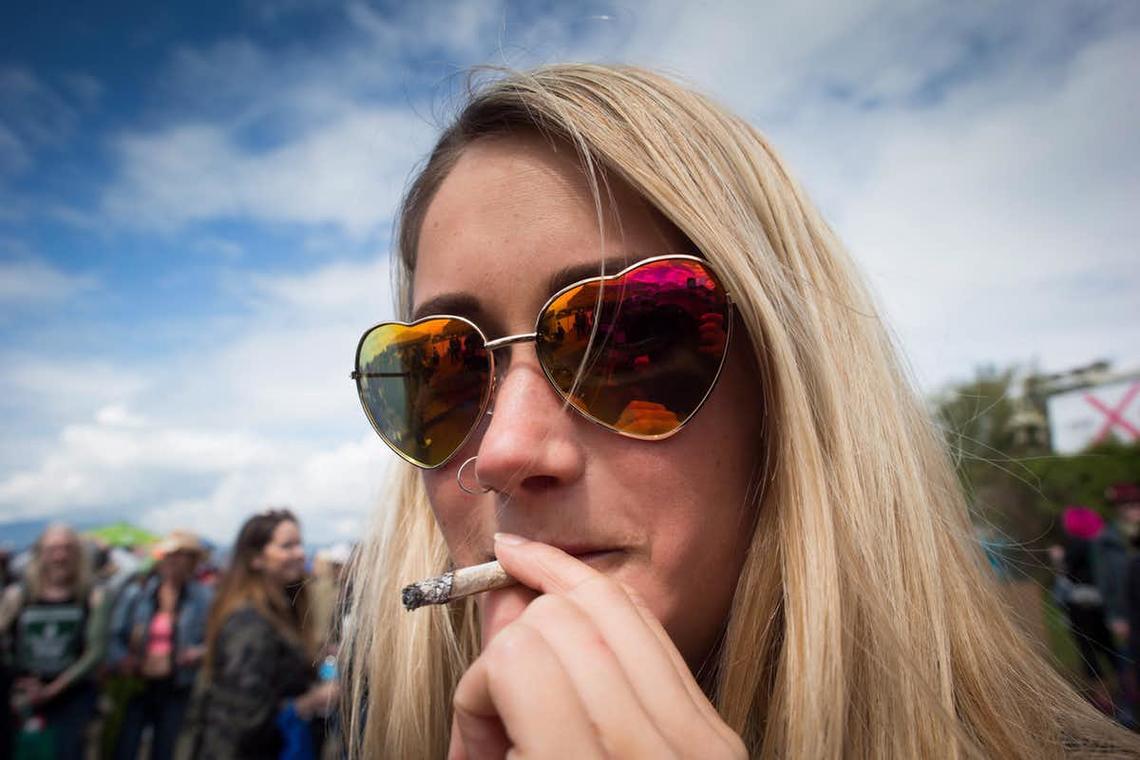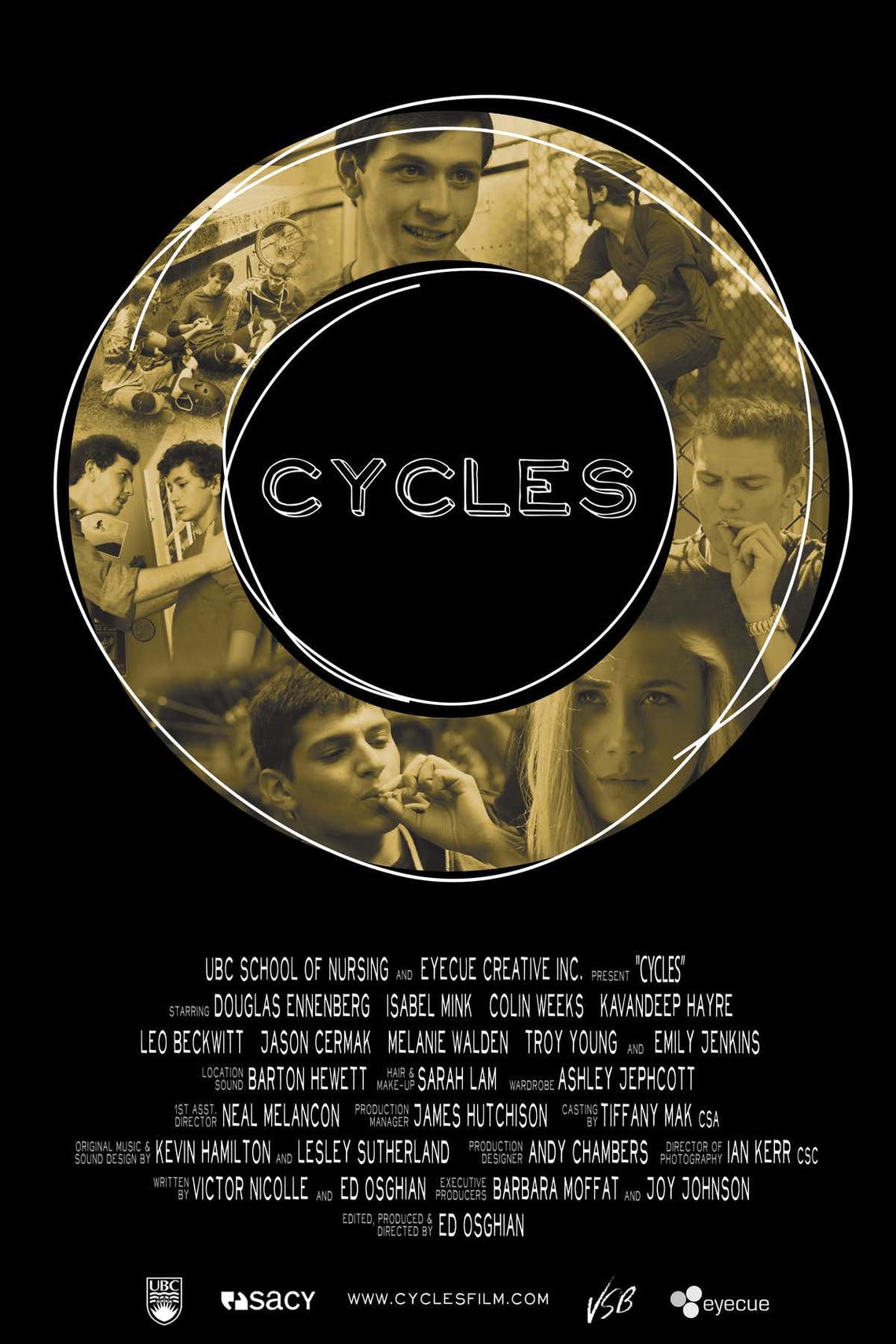July 5, 2017
Marijuana age limit should be low - not high

Lowering the legal age for marijuana use will help to improve prevention, safety and education for young people.
As the public debate on legalization of cannabis in Canada gains momentum, one of Bill C-45’s most contentious recommendations is to set the age of 18 as the floor for access. Because provinces have jurisdiction, we may see variations in the law when it is implemented across Canada.
I am one of a few vocal advocates for a harmonized policy with the age of access set at 18 years. I am a youth substance-use researcher with a PhD in behavioural health sciences and addiction studies. I have studied adolescent cannabis and tobacco use for more than a decade, and currently co-lead the TRACE program to understand teen cannabis culture. Based on this, I believe a lower age is better for two key reasons: It will help to divert youth from illicit markets, and it will prompt an earlier start for cannabis prevention and education.
Since legalization was announced, associations that represent medical professionals in Canada have argued for the age of access to be set at 21. The groups include the Canadian Psychiatric Society and the Canadian Medical Association.
Their stances stem from a 2015 report by the Canadian Centre on Substance Use and Addiction, which has been used to recommend an age floor of 24 or 25. This is based on emerging research of cannabis-use effects on brain structure and function in the developmental period that extends into the mid-twenties. The Canadian Pediatric Society declined to specify an age, but focused on harmonizing the legal access age with those for tobacco and alcohol.
Social cost is high
As I have previously argued, setting the age of access higher based on the evidence for potential brain harm neglects social costs of a criminal record for cannabis possession. For example, an arrest record limits one’s ability to travel outside Canada, be bonded for employment or volunteer in the community.

Young people do not respond well to scare tactics when it comes to cannabis or other drugs.
THE CANADIAN PRESS/Darryl Dyck
Without a “clean” criminal record, a person would be unable to participate in mundane but important activities: coaching a children’s soccer team or volunteering to chaperone their school field trips. Such a person certainly could not be a foster parent or adopt a child.
In the long, historical policy debate on cannabis legalization in Canada, we’ve been taught that cannabis use is illegal and bad. That poses a challenge now that we say continuing to criminalize cannabis use doesn’t make good policy sense.
The Canadian Drug Policy Coalition offers a “public health approach” for legalizing drugs, which “recognizes that people use substances for anticipated beneficial effects and is attentive to the potential harms of the substances and the unintended effects of control policies… It seeks to ensure that harms associated with control interventions are not out of proportion to the benefit-to-harm ratios of the substances.”
Similarly, the Federal Task Force on Cannabis Legalization and Regulation report explains why greater restrictions on youth access aren’t necessarily protective policy choices: “Excessive restrictions could lead to the re-entrenchment of the illicit market.”
Youth behaviour varies
In short: Set the age too high and youth will continue to seek cannabis through existing, unregulated suppliers. The product will be of unknown quality and safety due to THC content (the main psychoactive ingredient in cannabis), additives such as pesticides, or mould contamination.
Illicit cannabis is easily accessible to youth at any time. Our research with B.C. teens who use cannabis supports Prime Minister Justin Trudeau’s oft-quoted line about youth having easy access to cannabis, more than tobacco or alcohol.
In the TRACE project that began in British Columbia in 2006, we spoke to teens who were frequent cannabis users. It was the first study in Canada that aimed to explore the culture and context of teen use from their own perspective.
Contrary to a “stoner” stereotype, some used cannabis as a “gateway to nature” to enhance outdoor activities such as biking or skiing. Cannabis use was influenced by gender and used in different ways by boys and girls. Teens were also aware of the harms of co-use (smoking tobacco and cannabis together) and some engaged in what we called “relief-oriented” use to deal with or manage health problems.
Perhaps most importantly, our research highlighted the value of eliciting teen perspectives on the evidence about cannabis use, and applying findings to shape prevention efforts that might better resonate with youth.
Degrassi TV series a model for education
Much of my approach as a teen substance use researcher comes from my experience as an actress: I was one of the original cast of the popular Degrassi teen television series from about age 13 to 19.

CYCLES was a film produced from research on youth to educate young people about cannabis.
Rebecca Haines-Saah
Key to the franchise’s success and 30-year longevity has been its edgy and honest way of addressing teen coming-of-age issues. No topic is off-limits, including suicide, abortion and drug use. The strategy is the antithesis of the 1980s “after-school special” network television narrative, in which adults save the day when a kid gets into serious trouble. Degrassi storylines take an honest and non-judgmental approach to teen experiences and dilemmas, in which youth first turn to peers to solve their own problems.
This is where we often go wrong in programming for young people: We don’t consult, include or listen to them in a meaningful way when developing programming for them, and wonder why our “adults know best” approach fails.
A youth-centered approach explicitly informed the CYCLES film that was developed from the TRACE research program.
CYCLES aimed to be a tool for teachers to have open and honest dialogue with students about cannabis use. It was a type of non-judgmental and “reality based” prevention tool teachers lacked.
The film does not harp on the potential for health or legal consequences of cannabis use. Instead, it focuses on how teens make decisions about cannabis in the context of peer and romantic relationships. We did this because our research showed scare tactics turned teenagers off and were unlikely to prevent or reduce use in their view.
Ultimately, the main character in CYCLES decides to move away from cannabis use when he sees the impact it has on his girlfriend, how his use may be influencing his younger sibling and could compromise a part-time job that he loves — not because an adult told him unequivocally to “just say no.”
Drug use a social ritual
Experimentation with psychoactive substances has been a coming of age ritual for North American adolescents for generations. Like sexuality, youth initiate these experiences because they mark “grown-up” status and entail pleasure, social connections and peer bonding. They also hold potential for physical and emotional harm.
Yet drug education is unlike current approaches to sex education in which we see the value of teaching youth active consent and decision-making to prevent harm from “risky,” coerced or unprotected sex.
In cannabis and other drug prevention, we cannot get beyond an abstinence-based mandate. We fear that teaching children and youth about reducing drug harm is the same as enabling drug use.
We won’t be able to legislate or educate away these behaviours, if history is any guide. Prevention and education for youth, how we talk to them and — most importantly — whether or not we listen to them matters more than what the law says about when they’re old enough to buy it.
When cannabis is no longer an illicit substance we will have the latitude to do more and better prevention. Legalization with a low age of access will create the context and impetus to prevent potential harms of cannabis use through a truly youth-centered approach.





